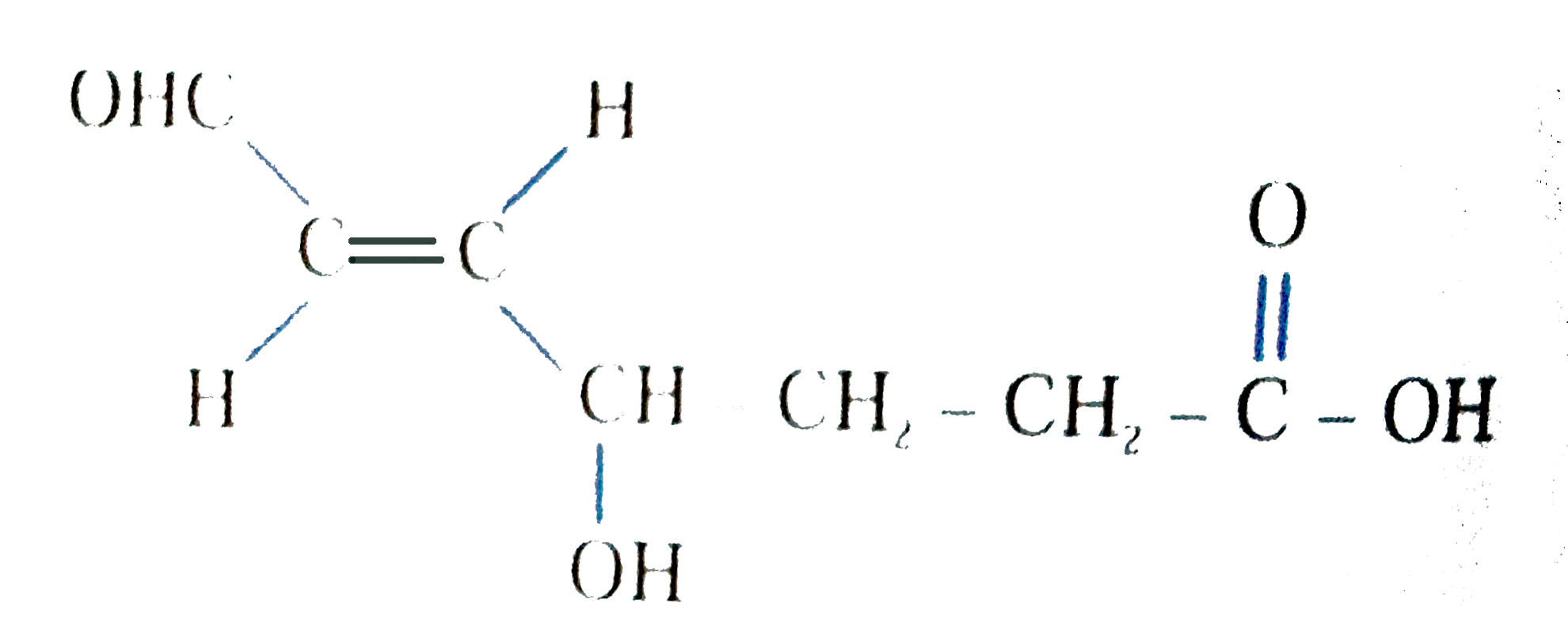Catalyst increses the rate of reaction
by decreasing Ea
by increasing Ea
by decreasing A
by increasing entropy
The correct Answer is:A
Step-by-Step Text Solution:
1. Understanding the Role of a Catalyst:
A catalyst is a substance that increases the rate of a chemical reaction without being consumed in the process. It achieves this by providing an alternative pathway for the reaction with a lower activation energy.
2. Graphical Representation:
To visualize this, we can plot a graph with potential energy on the y-axis and the reaction coordinate on the x-axis. The graph will show the energy changes as reactants convert to products.
3. Identifying Activation Energy:
In the absence of a catalyst, the reactants need to overcome a certain amount of energy, known as the activation energy (Ea), to reach the transition state. This is represented as the peak of the curve on the graph.
4. Effect of Catalyst on Activation Energy:
When a catalyst is introduced, it lowers the activation energy required for the reaction. This means that the energy barrier that the reactants must overcome to form products is reduced.
5. Comparing Reaction Pathways:
The reaction pathway with the catalyst will show a lower peak (lower activation energy) compared to the pathway without the catalyst. This indicates that the reactants can convert to products more easily and quickly when a catalyst is present.
6. Mathematical Representation:
The rate of a reaction can be expressed by the equation:
k=A⋅e−EaRT
where k is the rate constant, A is the pre-exponential factor, Ea is the activation energy, R is the gas constant, and T is the temperature. A decrease in Ea (due to the catalyst) leads to an increase in the rate constant k, thereby increasing the reaction rate.
7. Conclusion:
In summary, a catalyst increases the rate of a reaction by lowering the activation energy, which allows the reactants to convert to products more quickly.
---
A catalyst is a substance that increases the rate of a chemical reaction without being consumed in the process. It achieves this by providing an alternative pathway for the reaction with a lower activation energy.
To visualize this, we can plot a graph with potential energy on the y-axis and the reaction coordinate on the x-axis. The graph will show the energy changes as reactants convert to products.
In the absence of a catalyst, the reactants need to overcome a certain amount of energy, known as the activation energy (Ea), to reach the transition state. This is represented as the peak of the curve on the graph.
When a catalyst is introduced, it lowers the activation energy required for the reaction. This means that the energy barrier that the reactants must overcome to form products is reduced.
The reaction pathway with the catalyst will show a lower peak (lower activation energy) compared to the pathway without the catalyst. This indicates that the reactants can convert to products more easily and quickly when a catalyst is present.
The rate of a reaction can be expressed by the equation:
k=A⋅e−EaRT
where k is the rate constant, A is the pre-exponential factor, Ea is the activation energy, R is the gas constant, and T is the temperature. A decrease in Ea (due to the catalyst) leads to an increase in the rate constant k, thereby increasing the reaction rate.
In summary, a catalyst increases the rate of a reaction by lowering the activation energy, which allows the reactants to convert to products more quickly.
Topper's Solved these Questions
- CHEMICAL KINETICS Book:NARAYNAChapter:CHEMICAL KINETICS Exercise:EXERCISE -4
Explore 30 Videos
- CHEMICAL KINETICS Book:NARAYNAChapter:CHEMICAL KINETICS Exercise:EXERCISE -2 (H.W) COLLISION THEORY
Explore 7 Videos
- CARBOXYLIC ACIDBook:NARAYNAChapter:CARBOXYLIC ACIDExercise:All Questions
Explore 288 Videos
- CHEMISTRY IN EVERYDAY LIFEBook:NARAYNAChapter:CHEMISTRY IN EVERYDAY LIFEExercise:ASSERTION & REASON TYPE QUESTIONS
Explore 10 Videos
Similar Questions
The role of a catalyst is to change
View SolutionThe reaction A→C has activation energy for the forward and the backward reaction has 25 kJ and 32 KJ respectively. The ΔH for the reaction is
View SolutionProvide IUPAC name of the compound given below.

View Solution(A) Analgesics bring down body temperature during high fever.
(R ) Tetracyclin is a tranquillizer.
View SolutionA catalyst increase rate of reaction by :
View SolutionA catalyst increases the rate of a reaction by:
View SolutionA catalyst increases rate of reaction by
View SolutionA catalyst increases the rate of the reaction by
View SolutionA catalyst increase rate of reaction by
View SolutionThe catalysts which increase the rate of reaction are called……….. Catalysts.
View SolutionA catalyst increases the rate of reaction by :
View Solutionउत्प्रेरक जो अभिक्रिया वेग में वृद्धि करते हैं ……… उत्प्रेरक कहलाते हैं।
View Solutionउत्प्रेरक अभिक्रिया के वेग को बढ़ाता है
View SolutionCatalyst increases the rate of reaction
View SolutionIn general the rate of a given reaction can be increased by all the factors except
View Solution

